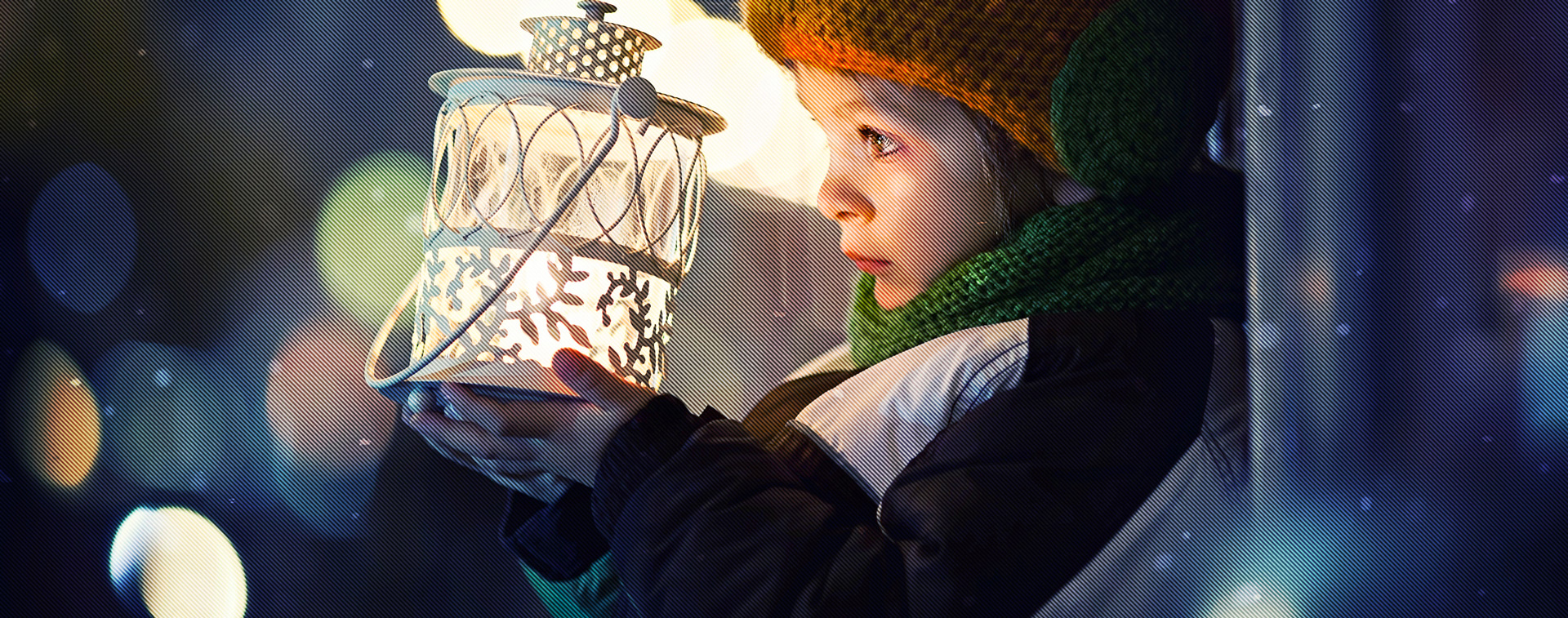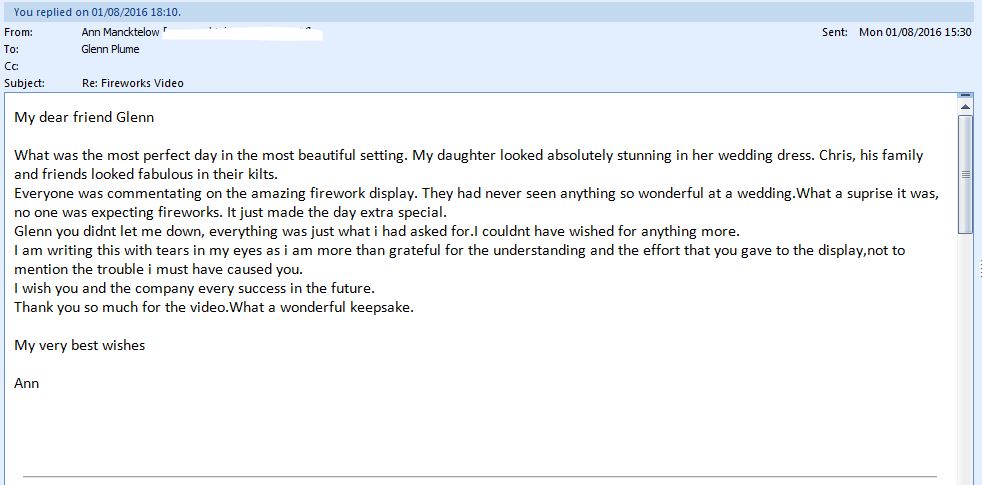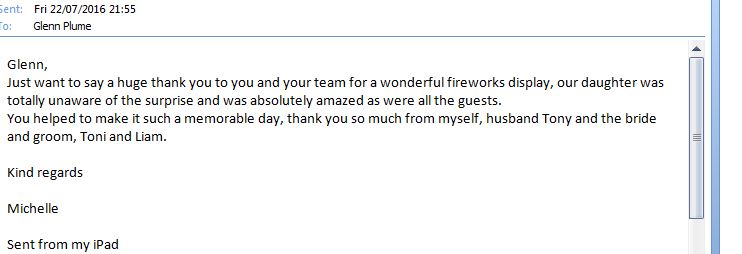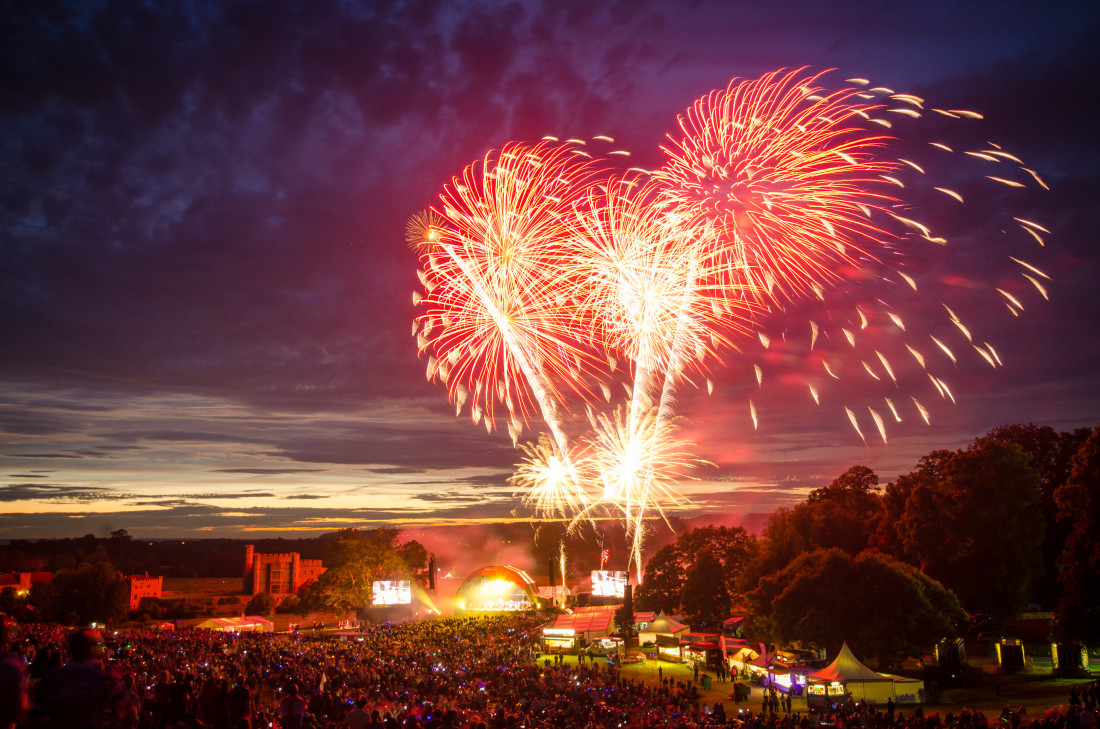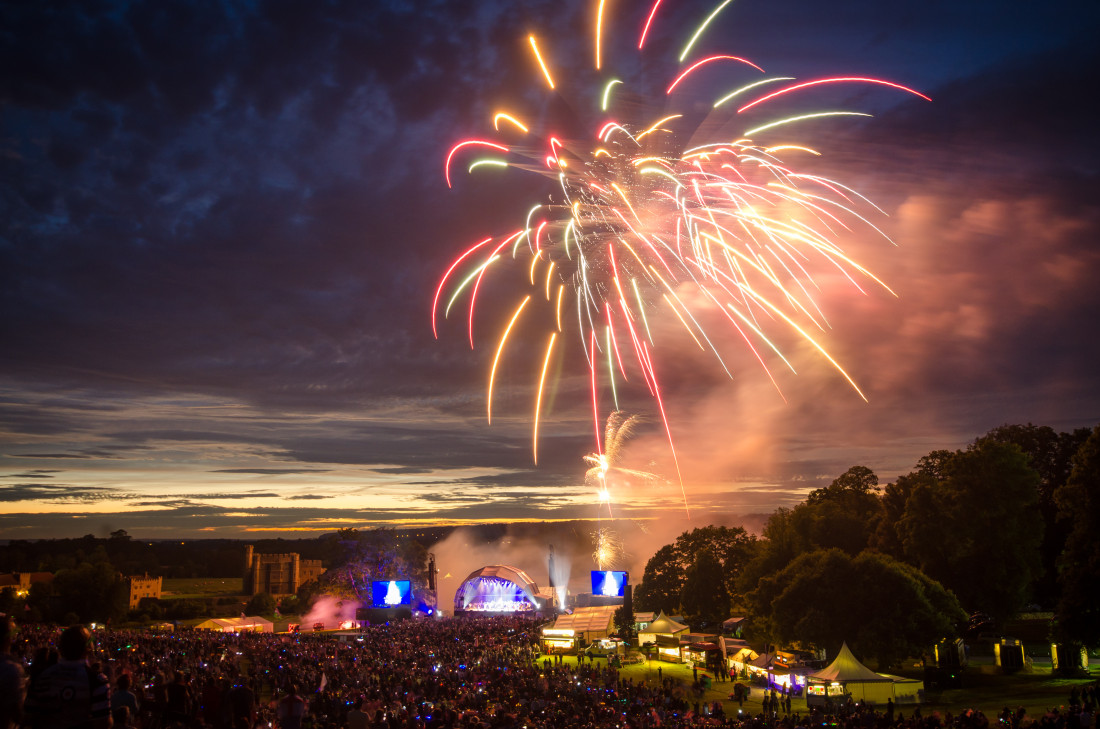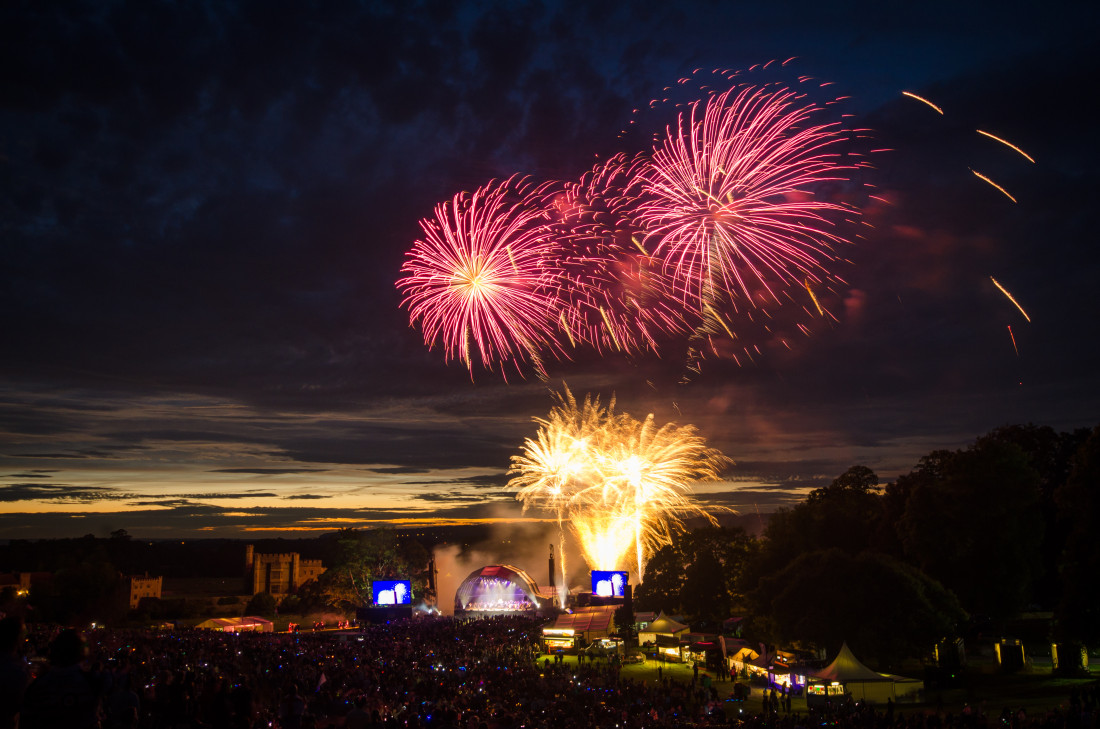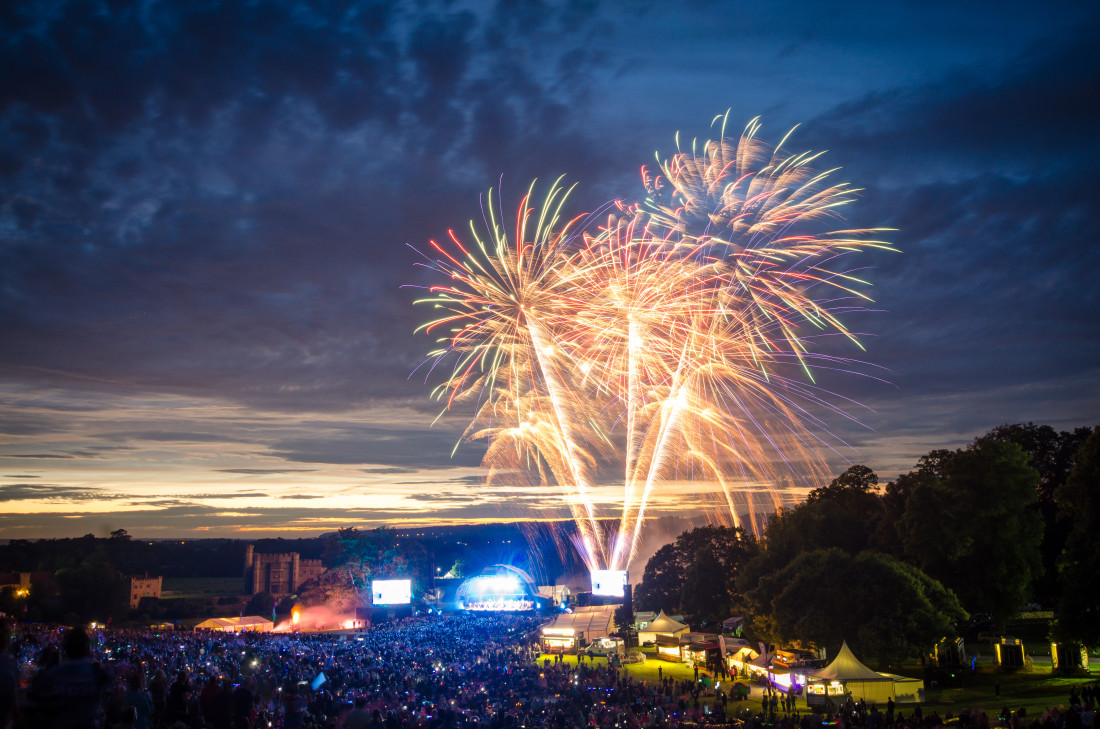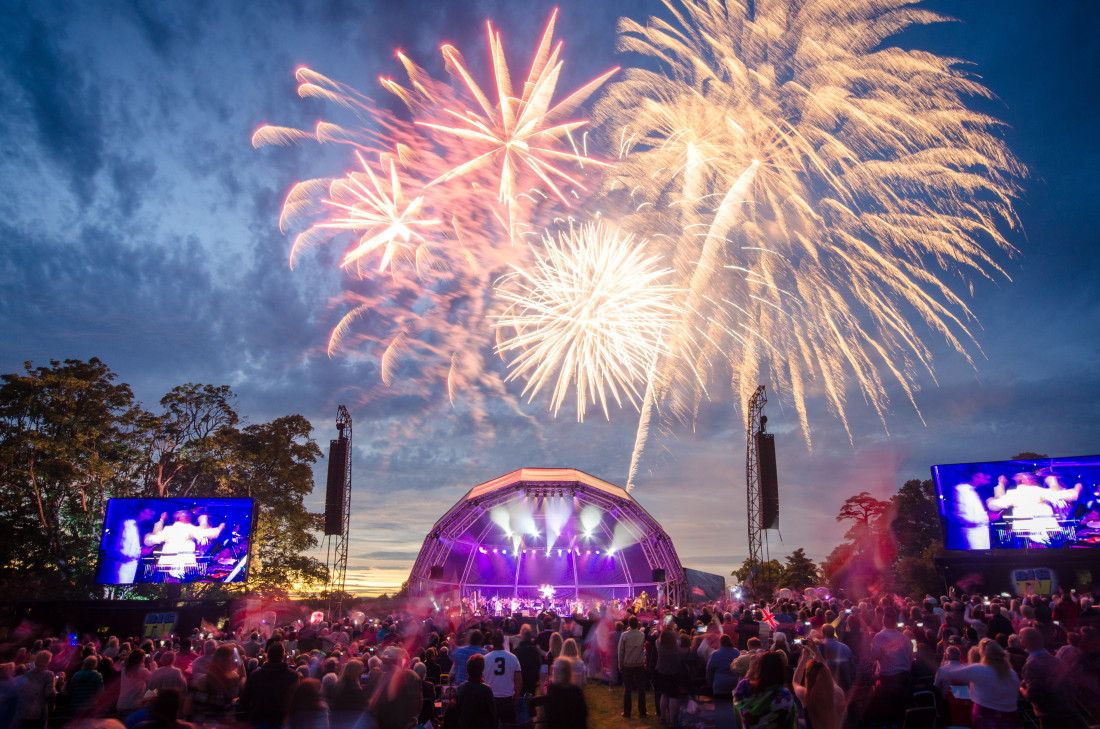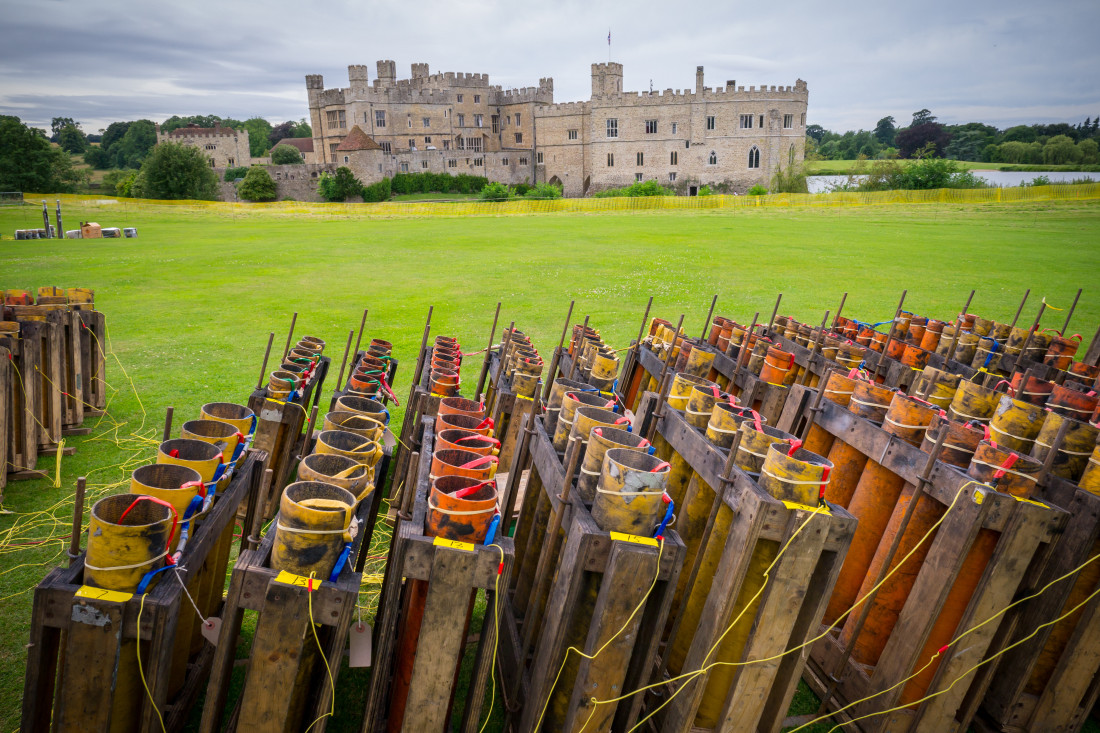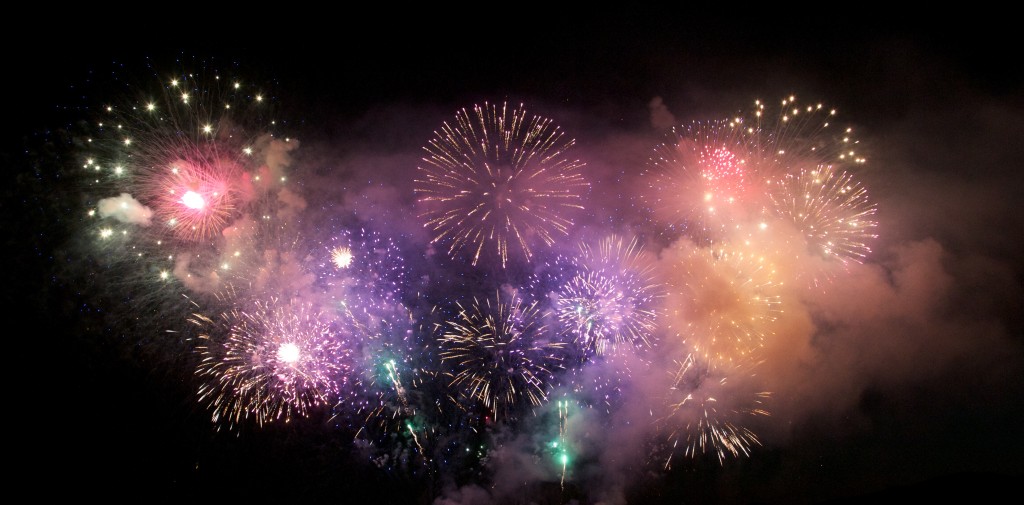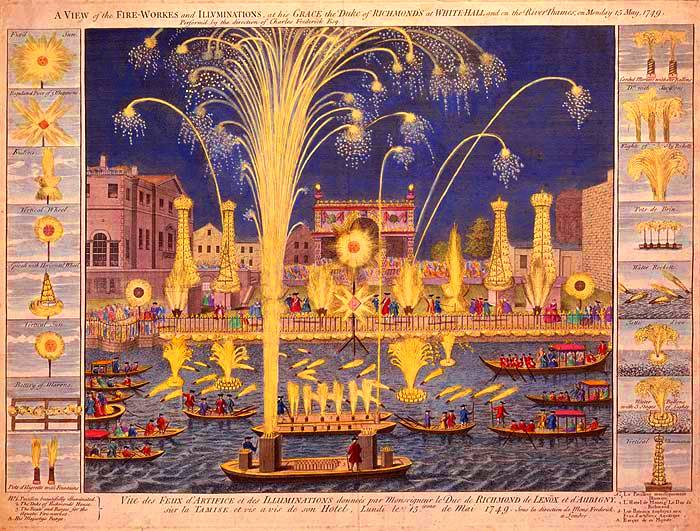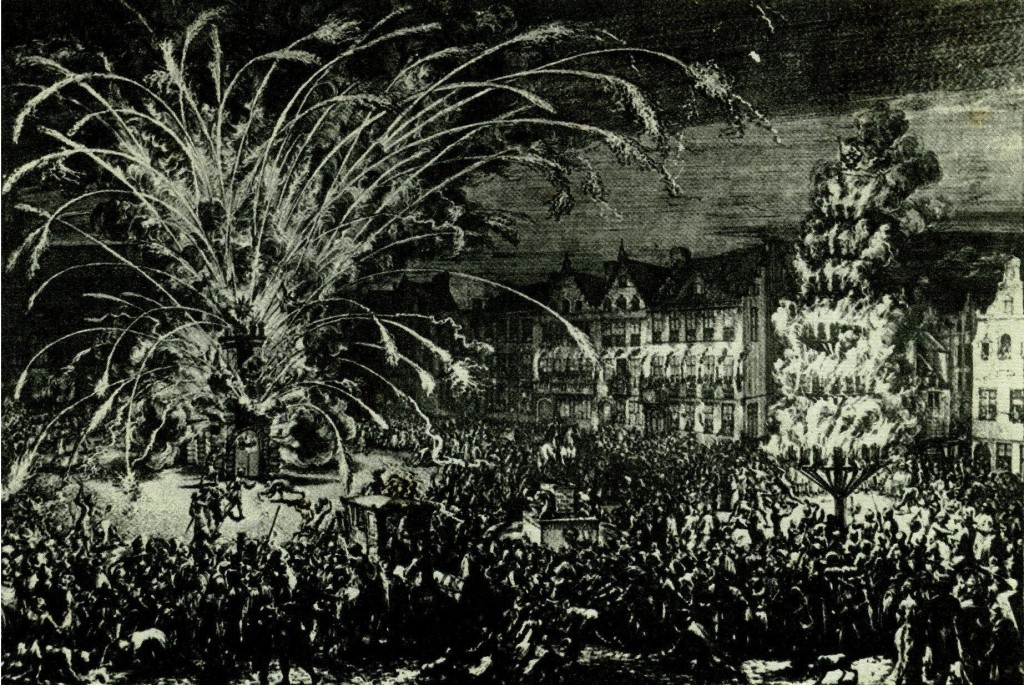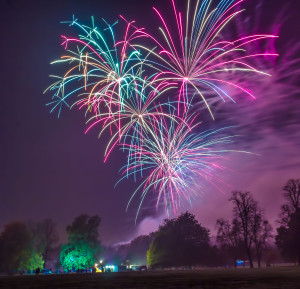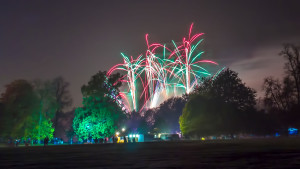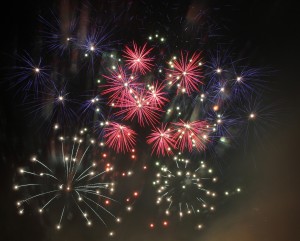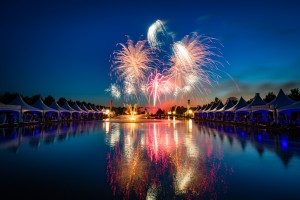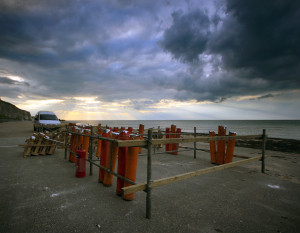Host the Perfect Summer Bonfire Party!
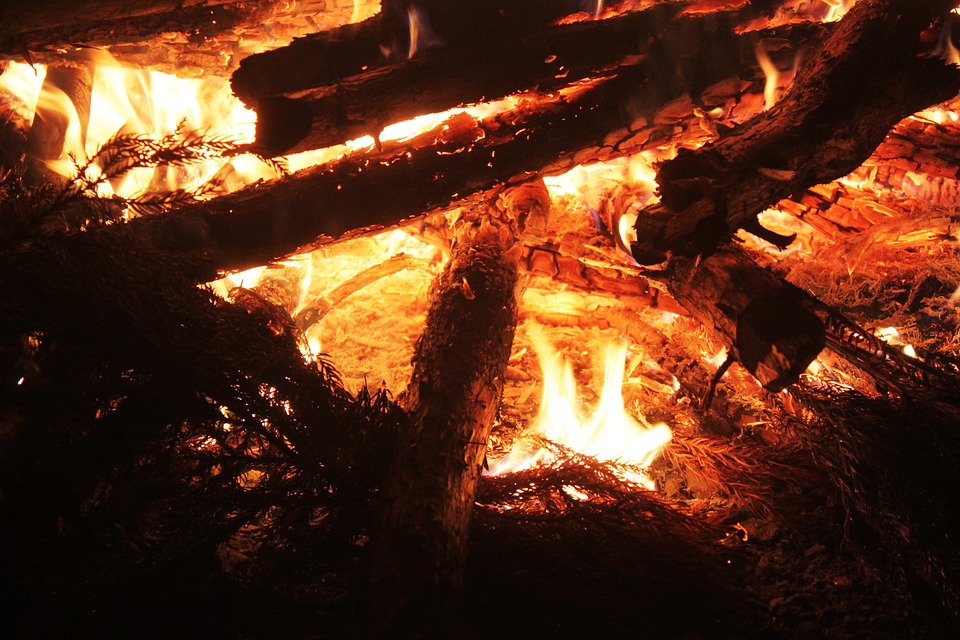
Whilst many of us think of bonfire parties and fireworks as an essential part of autumn, there are few ways to celebrate in summer than having a laid back and relaxed summer bonfire party with your close friends and family. The long, warm evenings are perfect for enjoying the outdoors and spending quality time catching up with your loved ones, and once it gets dark you can continue the night with a fireworks display to remember.
Bonfire parties are also incredibly easy to throw together. The fireworks and bonfire mean that people will mainly be in your garden rather than your home, so you don’t have to worry about your house looking immaculate. In just one afternoon, you can quickly throw together a summer bonfire party that looks as if it’s been carefully planned for at least a week in advance.
Decorations
One of the joys of bonfire parties is that because they’re held outside, you already have natural surroundings of plants, trees, shrubs and grass to act as the perfect decorations. Everyone appreciates bunting, as long as you place it where it’s not at risk at catching light from the fireworks and bonfire, and fairy lights offer a magical atmosphere in the twilight.
If you really want to make the most of your decorations, additional lanterns and candles on tables will offer warmth, as well as provide more light as the night gets darker.
For bonfire parties being hosting in your garden, creating a fire pit is the safest way to start your bonfire, and you can easily construct one by digging a shallow hole. Before you create your fire pit, make sure it’s not underneath low hanging branches and away from your house.
Once you have your fire pit sorted, you need to make sure you have enough firewood to last the night – the last thing you’ll want is to run out before your night is over. Not only will it mean that your warmth is gone, but it’ll dampen the overall atmosphere.
Food and drink
No party is complete without some sort of food and drink on offer and summer bonfires are the same. Of course, you could always ask all your guests to bring a drink or a dish with them, and it’s definitely a good way to save more money for your fireworks. If you’ve decided to serve food and drink yourself, nothing beats a good old fashioned barbecue.
Drinks like Pimm’s and sangria will definitely get you into the summer mood, and having a cocktail bar set up will ensure everyone has a drink they love. If you want to update your barbecue a bit, why not look to pulled pork and similar dishes? Burrito and taco bars are also a great idea – that way everyone can make delicious food that’s exactly to their taste and you don’t have to remember who does and doesn’t like sour cream!
Comfort
As the evening wears on, it will start to get a bit cooler, even you started in the middle of a hot and sunny day. Simply make sure you have a number of warm blankets easily accessible for when the sun goes down. Besides, there are few things as magical as sitting by a bonfire, wrapped up in a warm blanket as you watch fireworks. They also allow you to keep the party going on for longer.
S’mores
These American imports are too much fun to lump them in with food and drink, so we’ve given them a section to themselves! This magical combination of sweet crackers, toasted marshmallows and chocolate is a classic at every American bonfire and it’s really not difficult to see (or taste) why. If you want to shake things up a bit, you can always try using different types of crackers or biscuits, flavoured marshmallows and different chocolate.
Why not have a range of s’mores experimentation and encourage your guests to try out different combinations. No matter what people choose, you can be sure these will be a hit with guests old and young.
Choosing the perfect fireworks
Choosing your fireworks should be the one part of your night that you spend a lot of time preparing. Whilst you’ll be hosting a private display, you need to ensure that you’re not endangering your guests, your property or the property around you.
Fireworks are designed to have a safety distance, which can be as small as 5 metres, so the good news is that you can set them off with not that much room needed. You also need to remember that you pay for quality for fireworks, so it’s always best to avoid buying the cheapest. One great way to bring the people at your party together is to ask for people to contribute towards the fireworks – that way, you can easily afford high quality fireworks and everyone can have a really special night.
You also need to remember that not many people will be expecting fireworks in the summer. If you have neighbours, it’s a good idea to let them know your plans ahead of time so they can look after their children or pets if they have any. By buying fewer, high quality fireworks, there won’t be as much noise – allowing your party to have a great time whilst minimising any noise problems for your neighbours.
Things to remember for your garden fireworks
These tips and advice will come in handy for anyone planning to set off garden fireworks, especially if you’re hosting a summer bonfire party
- Category 2 fireworks shouldn’t be underestimated because they’re smaller – they still have the power to injure and badly burn people. Keep safe and ensure they can’t fall over before you light them.
- Never let children near the fireworks, whether they’re still unlit or have already been used
- Always read the instructions on all the fireworks you plan to light before setting them off. It’s quite common for people to place smaller fireworks upside down, especially fireworks that have come from selection boxes.
- Never leave any unused fireworks in or near the display area. Keep them far away and safely covered up.
- Make sure that no one at your party tries to hold a firework. Even small fireworks can cause a lot of damage.
- Despite this, it’s common for people to become complacent with small fireworks so make sure you have a first aid kit and a bucket of water to hand, just in case something goes wrong.
- Safely and carefully dispose of your used fireworks.
- Unless you have the space and can set up the appropriate safety measures, you shouldn’t risk including a few display fireworks – the risks are just too big.
There’s something uniquely special about summer bonfire parties – the great company , food, drinks and fireworks will give everyone long-lasting fond memories to look back on, as well as helping you to look forward to autumn and Bonfire Night, with its impressive fireworks, large bonfires, crunchy gold leaves and toffee apples.
For more information about the services at Alchemy Fireworks and how we can help you to organise a professional fireworks display, simply get in touch or call +44 (0)8000 66 58 37 today.


